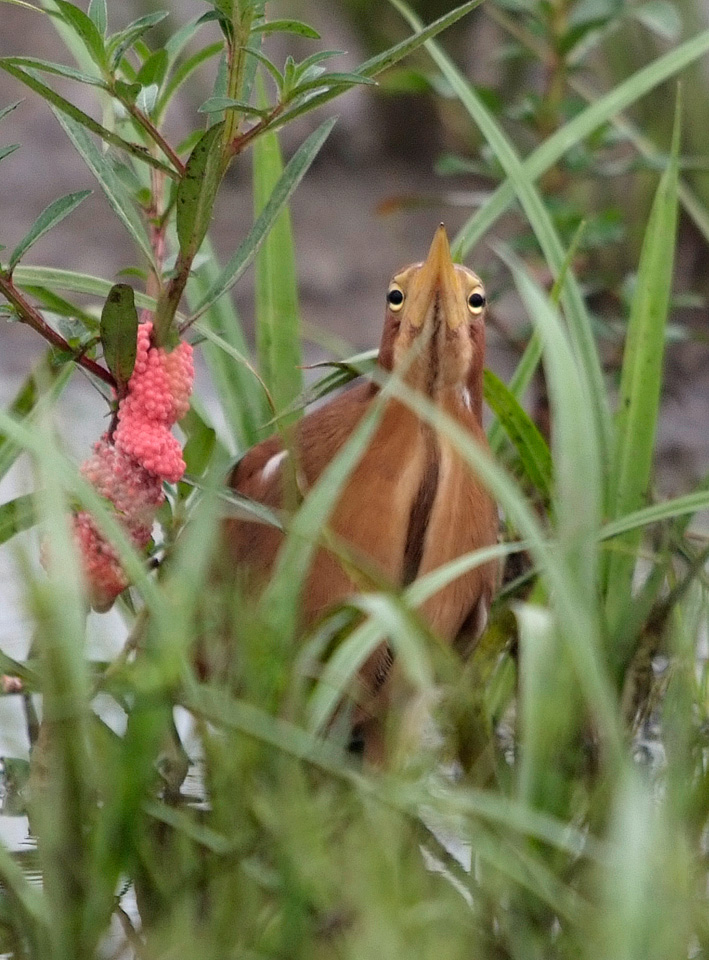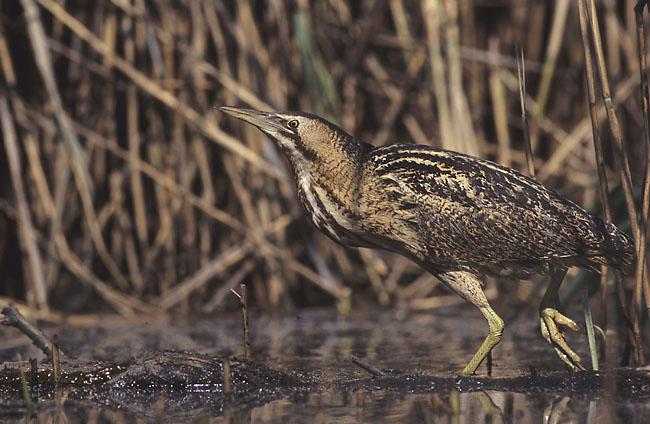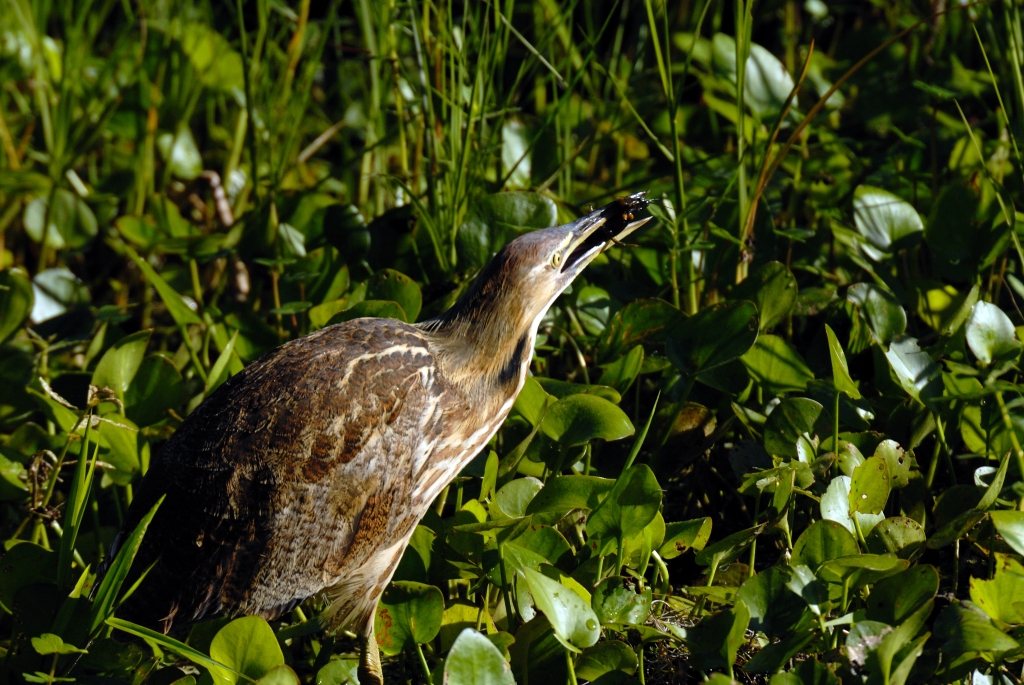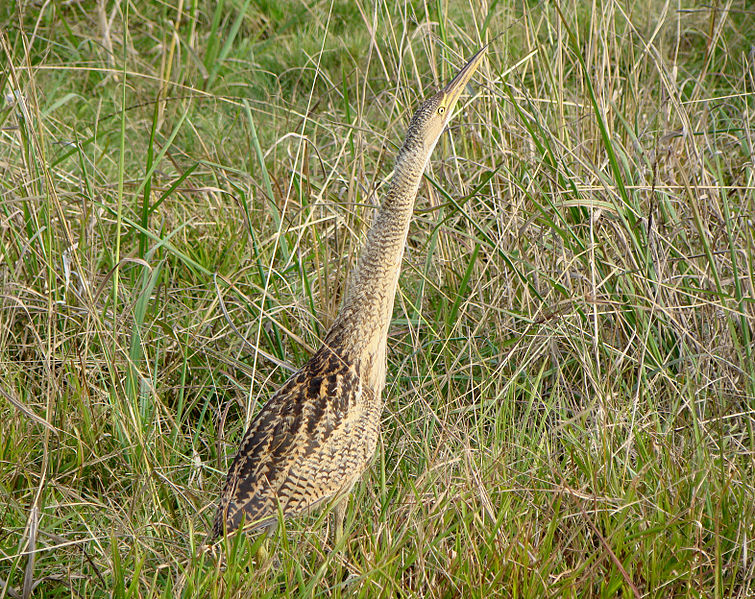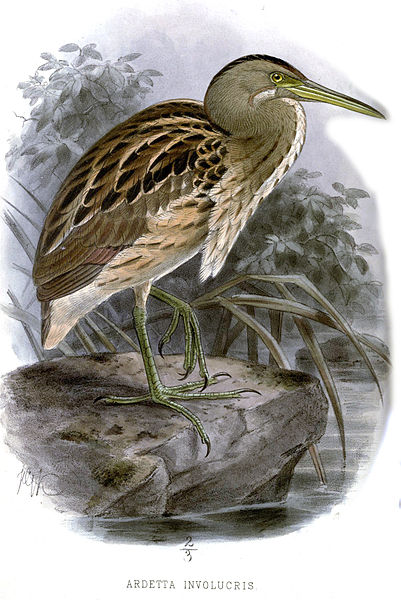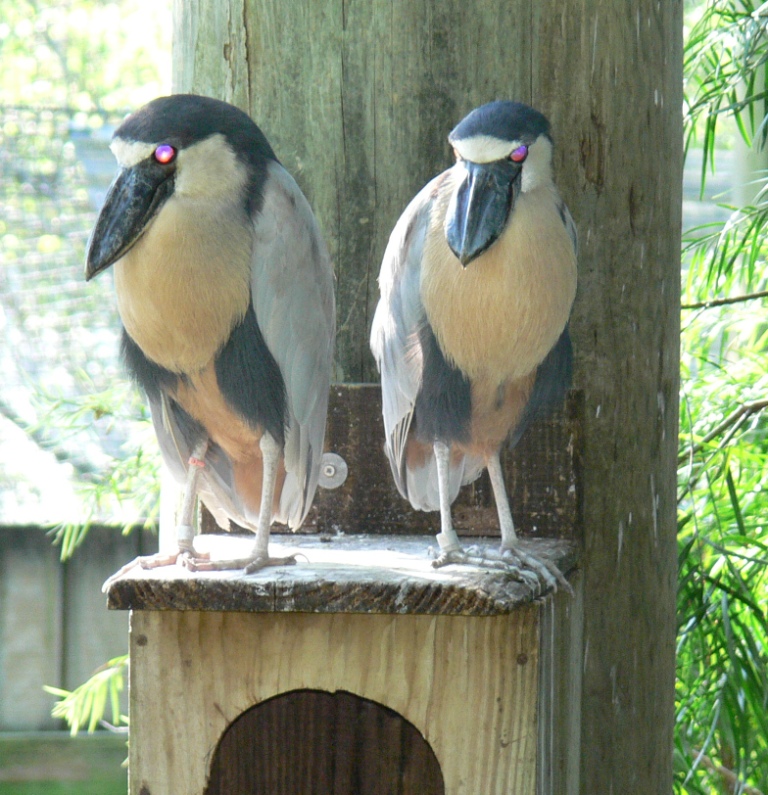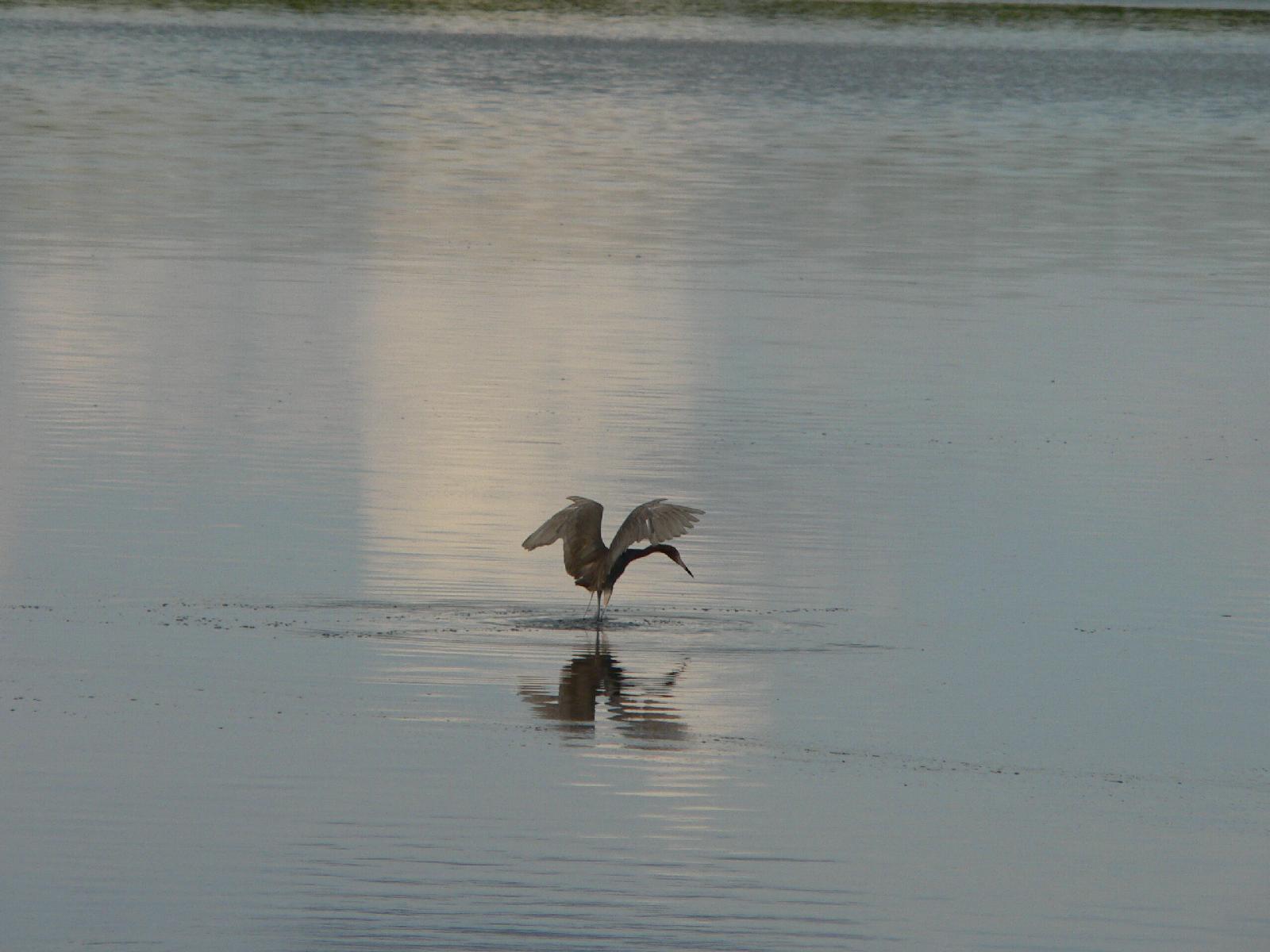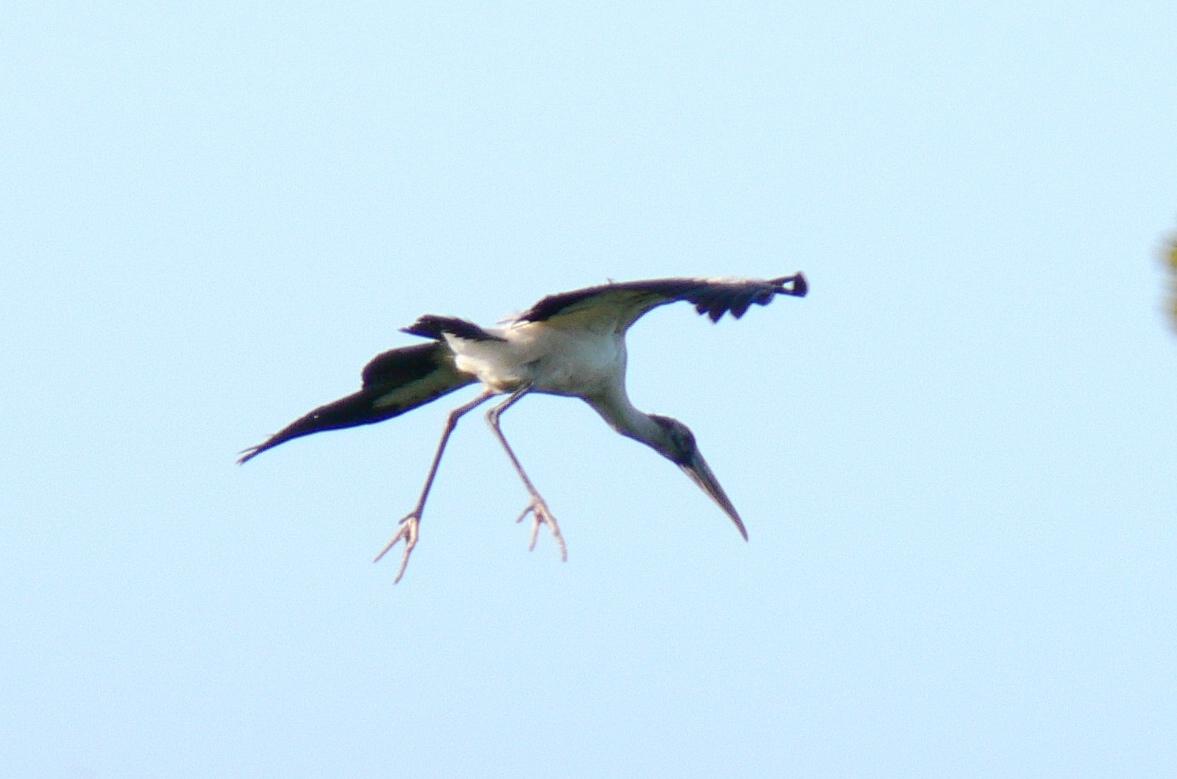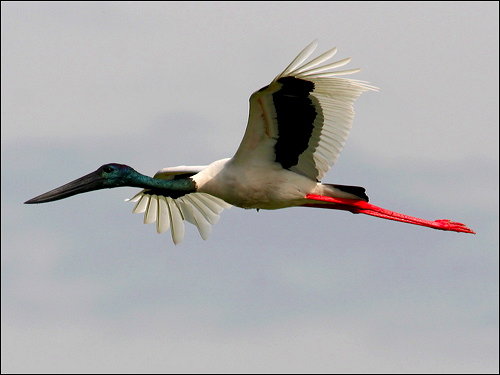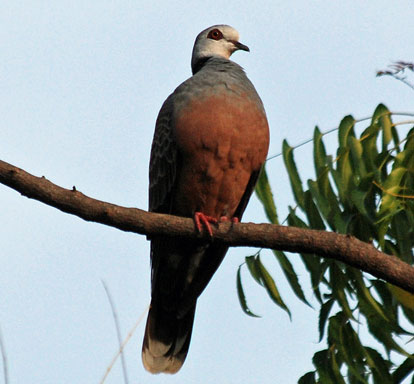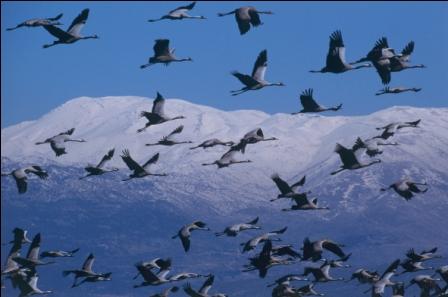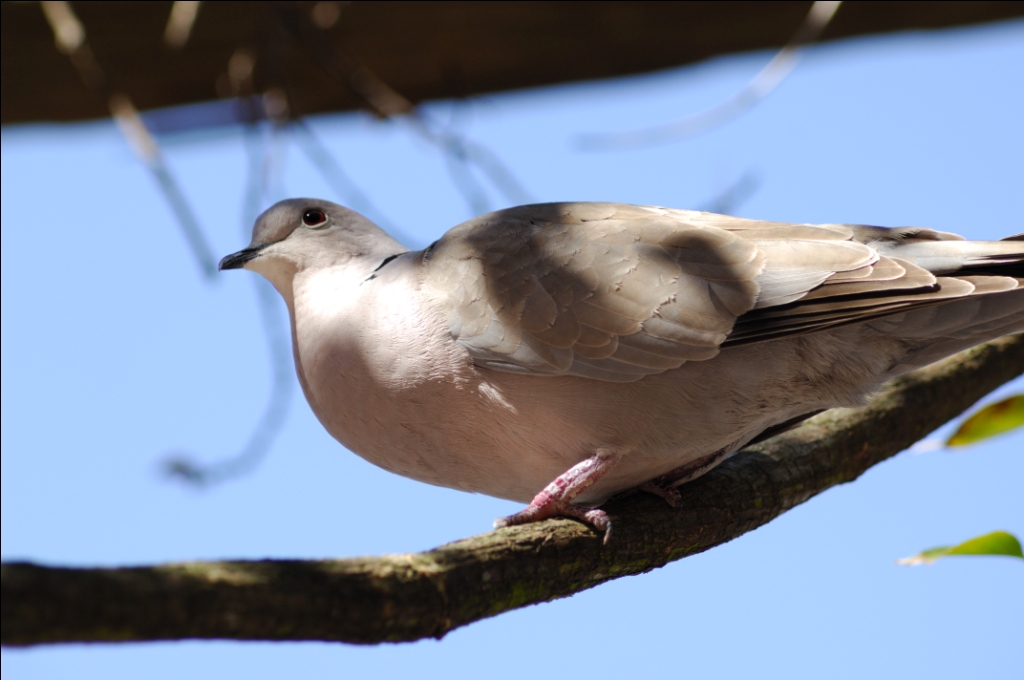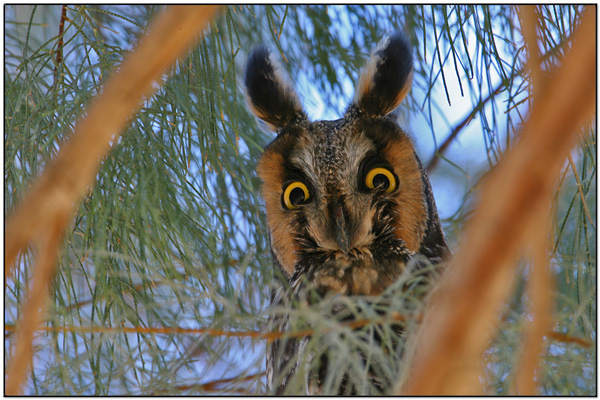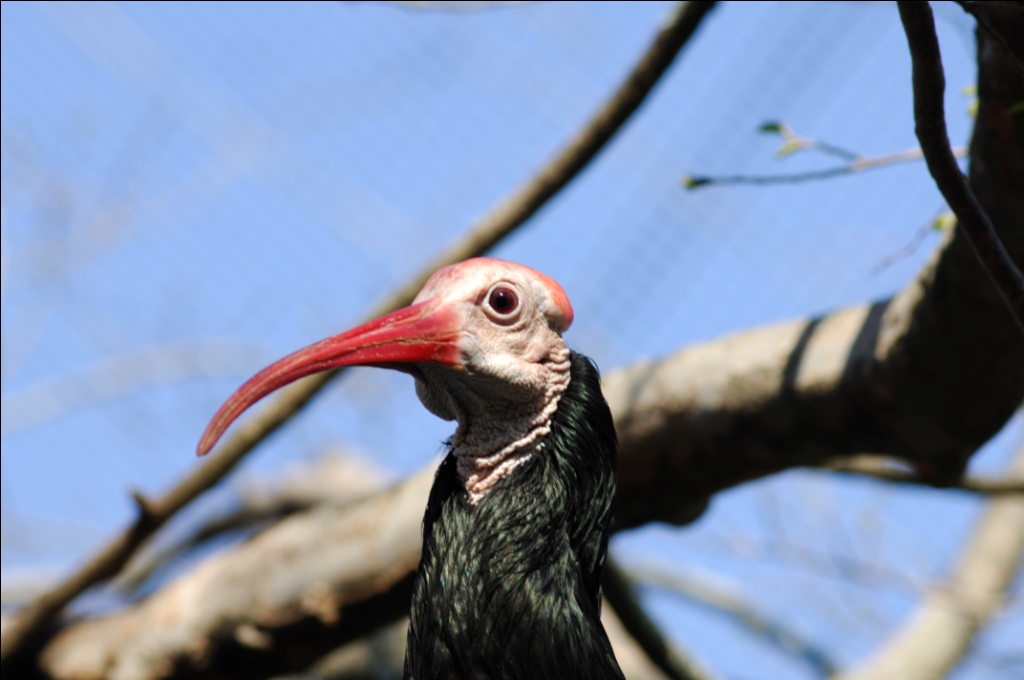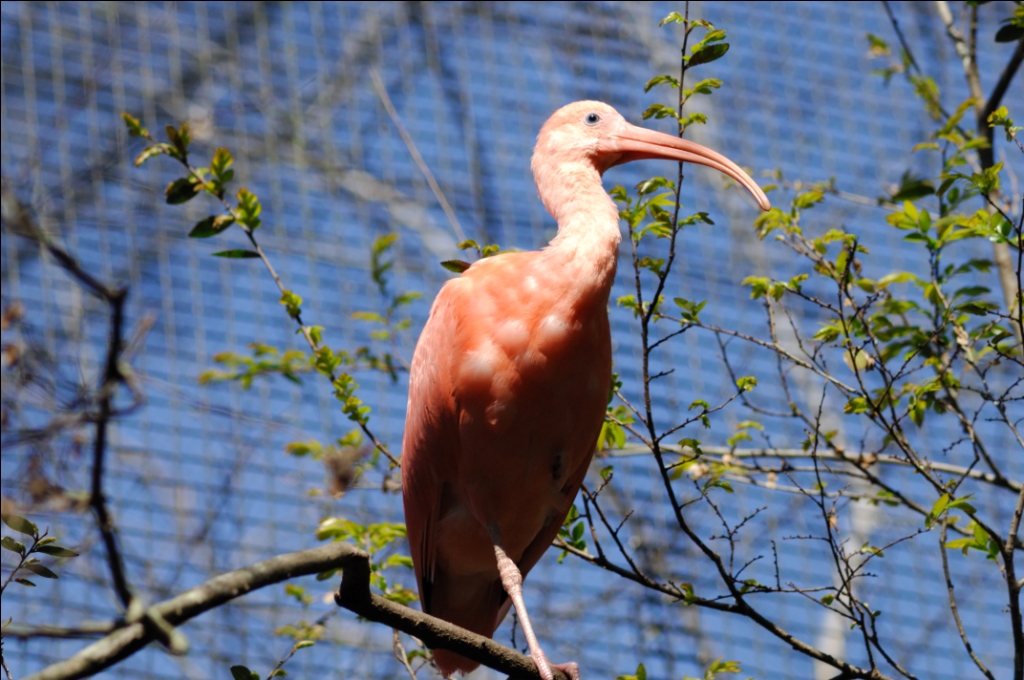Clarifying Confusion about Eagles’ Wings
Dr. James J. S. Johnson
“As an Eagle stirreth vp her nest, fluttereth ouer her yong, spreadeth abroad her wings, taketh them, beareth them on her wings:”
Deuteronomy 32:11 (KJV translation, with AD1611 spellings)

Based upon a verse in Deuteronomy, 32:11, many expect that an eagle mother, in the wild, sometimes “carries” her young eaglets “on their wings”. Yet that behavior is not observed, in the wild (or in captivity), so Bible skeptics allege this discrepancy as a so-called Bible “error”—but is this a straw-man accusation, based upon a translation confusion? Yes, a less-than-literal translation (form Hebrew into English) has caused confusion with this verse.
To recognize what is true, careful observations are needed, both when studying God’s Word and when studying God’s world (Johnson, 2014). So, when Scripture refers to the world of wildlife, as it often does, due diligence should be given to the Biblical exegesis and to the “science”.
QUESTION: Does the text of Deuteronomy 32:11 actually say that an eagle mother “carries” young eaglets “upon her wings”?
ANSWER: No. Many English translations and paraphrases confuse the literal meaning of this Biblical Hebrew text.
The first problem in the puzzle: English Bible translations (that are popularly available) do not clearly matched the singulars to the plurals, and other literal aspects of the Hebrew text of Deuteronomy 32:11. Also, even grammatical gender information is sometimes garbled in translation.
In particular, the literal Hebrew indicates that it is God Who carries on His wings, not the eagle parent. To a large degree, the confusion is rooted to imprecise translations of the English text of Deuteronomy 32:11, particularly where “her” is sometimes translated for “him”, as well as twice “them” for “him”. This confusion-clearing clarification—by looking at the actual Hebrew text of Deuteronomy 32:11—was buttressed by the analysis of Hans-Georg Wünch (Wünch, 2016), which specially scrutinized the pertinent Hebrew nouns and verbs. Details on this follow.
Although the King James Version of the English Bible is usefully very literal (and precise), in those very rare situations where the King James Version mistranslates the underlying Hebrew text’s words, it is likely to be with those KJV Bible verses that describe wildlife. In other words, in the English text of the KJV you are more likely to have imprecise/non-literal translations – perhaps due to the historical life experiences (and priorities) of the King James translators (working in the early A.D. 1600s, finishing in A.D.1611).
In short, the KJV text of Deuteronomy 32:11 is suggesting that eagle parents “carry” eaglets “upon their wings”. However, the Biblical Hebrew text (i.e., the Masoretic Text of Deuteronomy 32:11), interpreted within the immediate context of verses 9-13, is anthropomorphically recalling how God historically “took” and “carried” Jacob (i.e., both “Jacob” the man, as well as the Jewish nation that is ethnically descended from Jacob, i.e., “Israel”). This is comparable to how the Lord Jesus Christ compared His willingness to protect Jews to a mother hen’s protectiveness, in Matthew 23:37 and also in Luke 13:34.
However, the most important key (to solving the puzzle of this confusing-on-the-surface passage), to properly understanding this verse, is to recognize that the subject noun of most (if not all) of the contextual sentences, is God, not a mother bird — although you must look back to Deuteronomy 32:9 to see that Deuteronomy 32:11’s subject noun is “the LORD” [Hebrew YHWH], i.e., God. (Notice also the action verbs in the Biblical context – most of these verbs refer to God only.)
Also, the relevant bird (translated “eagle” in King James Version) is mentioned in a way that is best translated “like an eagle” (or “like a vulture”, depending on how you translate NESHER, which is Hebrew noun for the bird in question). Careful context reading is needed, to recognize how much of the verse applies to the simile phrase “like an eagle”, because not all of the activities that are part of Deuteronomy 32:9-13 correspond to eagle behavior comparison.

Therefore, let us look at the overall context, i.e., Deuteronomy 32:9-13). Below I have inserted, using brackets, clarifying nouns (or pronouns), to match the literal meaning of the specific Scripture verbs and pronouns.
Also, keep in mind that “the LORD” [YHWH] is masculine, “Jacob” [Ya‘aqōb] is masculine, and “eagle” [nesher] is also masculine, so matching each pronoun to its proper noun requires some context-based interpretation. This is further complicated by a mistranslation in the English phrase “her nest” because the Hebrew literally says “his nest”, i.e., the Hebrew word for “nest” [qēn] has a masculine singular suffix.
In other words, Deuteronomy 32:11 is literally saying “his nest”. The same English mistranslation appears in the English phrase “her young” (which literally says “his young” in the Hebrew). Likewise, the same English mistranslation appears twice in the English phrase “her wings” (which twice literally says “his wings” in the Hebrew).
Confusingly, the Hebrew-to-English translation plot thickens.
In the English translation, of Deuteronomy 32:11, the plural pronoun “them” appears twice where it should say “him”, because the Hebrew pronominal suffix is a 3rd person singular, not a 3rd person plural.
This is, in my opinion, the most important clue, in conjunction with the plural noun “young”, for solving this puzzle, because the “taking” action – as well as the bearing action – has “him” as its (singular) direct object, yet the noun translated “young” is plural, so the taking and bearing action did not happen to young birds — rather, the taking and bearing action happened to “him”, which the overall context (of Deuteronomy 32:9-13) indicates is “Jacob”.
In other words, because a plurality of hatched birds would need a plural suffix, it is not the hatched young birds that were “taken” and “carried” in Deuteronomy 32:11. Rather, God is providing these caring actions (“taking” and “bearing”) to Jacob/Israel, because “Jacob” is a 3rd person singular masculine person, so “Jacob” can be the direct object “him”.
9 For the LORD’s portion is His [i.e., God’s] people; Jacob [whom God later re-named “Israel”, so this name refers to both the man Jacob and to his descendants who became the nation “Israel”] is the lot of His [i.e., God’s] inheritance.
10 He [God – notice that God is the subject noun of this Hebrew sentence, which is a sentence that actually continues beyond verse 10] found him [i.e., Jacob, a/k/a Israel] in a desert land, and in the waste howling wilderness; He [i.e., God] led him [i.e., Jacob, a/k/a Israel] about, He [i.e., God] instructed him [Jacob, a/k/a Israel], He [i.e., God] kept him [i.e., Jacob, a/k/a Israel] as the apple of His [i.e., God’s] eye.
11 As an eagle [some say this should be translated “hawk” or “vulture” – it means a large-winged carrion-eating bird], [“he” or “He”] stirs up her [actually the Hebrew says “his”, which might mean “His”] nest; [“he” or “He”] flutters over her [actually the Hebrew says “his”, which might mean “His”] young [i.e., “young ones”, since this noun is plural]; [“he” or “He”] spreads abroad her [actually the Hebrew says “his”] wings; [“he” or “He”] takes them [literally “him” — actually this is a 3rd person singular masculine suffix, functioning as a direct object of the action verb]; [“he” or “He”] bears them [literally “him” — actually this is a 3rd person singular masculine suffix, functioning as a direct object of the action verb] on her [actually the Hebrew says “his”] wings:12 So the LORD alone did lead him [i.e., Jacob, a/k/a Israel], and there was no strange god with him [this “him” seems to mean “Jacob”, though it more likely refers to God, because it is “the LORD alone” Who accomplished this shepherding care over Jacob].
13 He [i.e., God] made him [i.e., Jacob, a/k/a Israel] ride on the high places of the earth, that he [i.e., Jacob, a/k/a Israel] might eat the increase of the fields; and He [i.e., God] made him [i.e., Jacob, a/k/a Israel] to suck honey out of the rock, and oil out of the flinty rock.
[Deuteronomy 32:9-13 (KJV, with JJSJ clarification inserts]
This is a confusing Hebrew mistranslation problem, so many readers of the Bible (using English translations or paraphrases) have stumbled in trying to discern its literal meaning. Because wildlife observers do not see mother eagles carrying young eaglets “on their wings”, it is no surprise that many folks have been puzzled by this verse (Lacey, 2019).
According to the literal Hebrew text, analyzed grammatically—with special attention to singular-vs.-plural and masculine-vs.-feminine details, this verse (i.e., Deuteronomy 32:11) is talking about God’s providential care of His people, with only some of God’s actions being comparable to an eagle/hawk/vulture.
Moreover, some of the other caring actions listed (in Deuteronomy 32:11) do not match bird behavior, regardless of whether the Hebrew noun nesher should be translated as “eagle”, or “hawk”, or “vulture” (Wigram, 1874). So the complicated part (for interpreting Deuteronomy 32:11’s text) is accurately distinguishing:
(a) which phrases fit God only (even if those phrases are anthropomorphic, like Matthew 23:37 & Luke 13:34),
(b) which phrases apply to the nesher bird only, and
(c) which phrases apply to both God and the nesher bird.
In sum, here is my pronoun-interpreting understanding (and exegesis), of what I think the Hebrew text of Deuteronomy 32:9-13 is saying:
9 For the LORD’s portion is God’s people; Jacob/Israel is the lot of God’s inheritance.
10 God found Jacob/Israel in a desert land, and in the waste howling wilderness; God led Jacob/Israel about; God instructed him Jacob/Israel; God kept him Jacob/Israel as the apple of God’s eye.
11 Like an eagle, God stirs up God’s nest; God flutters over God’s young ones; God spreads abroad God’s wings; God takes/was taking Jacob/Israel; God bears/was bearing (i.e., carrying) Jacob/Israel on God’s wings;
12 So the LORD alone led Jacob/Israel, and there was no strange god with Him.
13 God made-to-ride Jacob/Israel upon the high places of the earth, so that Jacob/Israel might eat the increase of the fields; and God caused-to-suck Jacob/Israel honey [from] out of the rock, and oil out of the flinty rock.
[Deuteronomy 32:9-13, with JJSJ’s inserted pronoun-clarifying interpretive nouns]
In sum, many interpreters have misidentified the subject noun of that verse, by stretching the comparative noun (nesher, which can/could be translated as “eagle”, “hawk”, or “vulture”, though it likely means “eagles” in Deuteronomy 32:11) in a way that causes the nesher bird to supplant God as the subject noun of the sentence.In other words, instead of the eagle (nesher bird) being comparable to some things that God does, many have interpreted the verse as if every action verb applies to the bird when actually that is not the case.
Having processed the precise parts of this puzzle, which parts should not be studied apart from the big-picture message of the passage, I conclude with a comparison to Psalm 23:1a, which says “the LORD is my shepherd”—that is the main message of Deuteronomy 32:9-13—i.e., it is God Himself Who carries us through all of life’s risks and challenges.
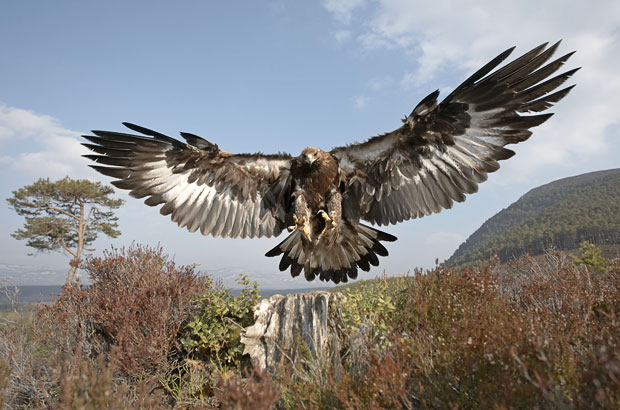
REFERENCES
Johnson, James J. S. 2014. A Hart for God. Acts & Facts. 43(7), posted at https://www.icr.org/article/hart-for-god .
Lacey, Troy. 2019. Does an Eagle Carry its Young on its Wings? Answers in Genesis (August 13, 2019), posted at https://answersingenesis.org/contradictions-in-the-bible/does-eagle-carry-young-on-wings/ .
Wigram, George V. 1874. The Englishman’s Hebrew Concordance of the Old Testament (Hendrickson reprint, 2001), pages 849-850.
Wünch, Hans-Georg. 2016. Like an Eagle Carries its Young. Hervormde Teologiese Studies/HTS Theological Studies. 72(3):a3249, posted (by African Online Scientific Information Systems) at https://hts.org.za/index.php/HTS/article/view/3249 .
